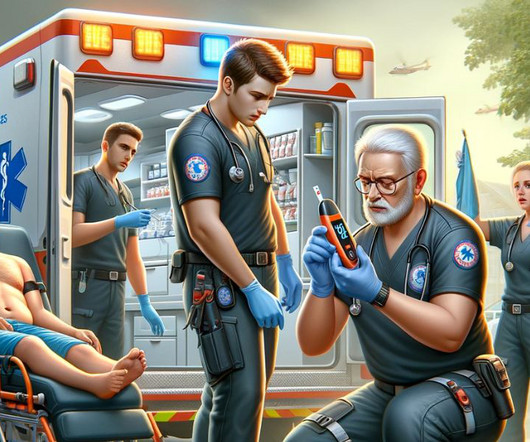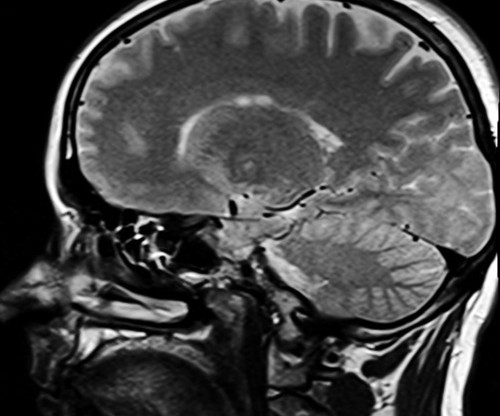Do mRNA vaccines produce harmful “junk proteins” that “gunk up” the cell and cause unintended “off-target” immune responses?
Science Based Medicine
DECEMBER 11, 2023
A new study is making the rounds in the antivax crankosphere. The study found that the modified mRNA used in the Pfizer vaccine can cause a frame shift (to be explained) that results in the production of proteins besides the intended spike protein. The findings are, as you probably guessed, a big nothingburger compared to how they are being spun. The post Do mRNA vaccines produce harmful “junk proteins” that “gunk up” the cell and cause unintended “off-target” immune responses?



























Let's personalize your content